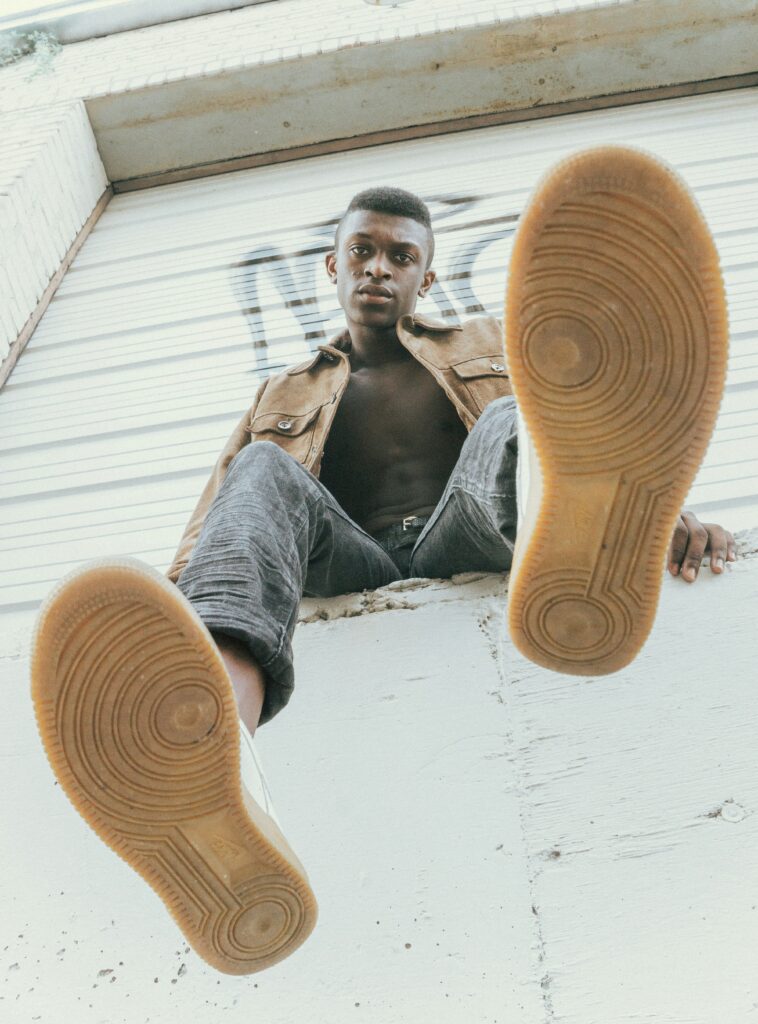
Shoelaces have had quite the love-hate treatment through fashion history, from essential fastening mechanisms to cultural icons, and now, sometimes unnecessary. While we often take them for granted, laces have been central to footwear trends for centuries and their position in the fashion world is constantly shifting.
The Age of the Shoelace: 18th and 19th Centuries
In the late 18th century, shoes were covered in buckles and straps, so when shoelaces arrived they were seen as a refreshing new and simple alternative. Harvey Kennedy’s introduction of the modern shoelace was revolutionary. Suddenly, people had an affordable, easy, and practical way to keep their shoes on. Goodbye, overpriced buckles! Then by the 19th century, shoelaces were an essential part of shoe-wear, particularly as society embraced sports and more physically demanding jobs.
Sneakers were “born” in the late 19th century. The first rubber-soled shoes, known as plimsolls., were developed in the 1830s, but they lacked flexibility and comfort.It wasn’t until 1892, when the U.S. Rubber Company introduced a more comfortable version with a canvas top and flexible rubber sole, called Keds, that sneakers as we know them started to take shape. Keds became mass-produced in 1916, making them one of the first widely available sneakers.Soon after, in 1924, Adidas was founded by German cobbler Adi Dassler, and his innovation in athletic shoes, especially with the introduction of spikes, further propelled the popularity of sneakers.From that point on, sneakers evolved to become integral not just in sports, but also in fashion and pop culture.
By the 20th century, shoelaces weren’t just useful, they were cool. If you didn’t have laces, people would consider your toddler type shoes as: “Do you you even know how to tie your shoes?
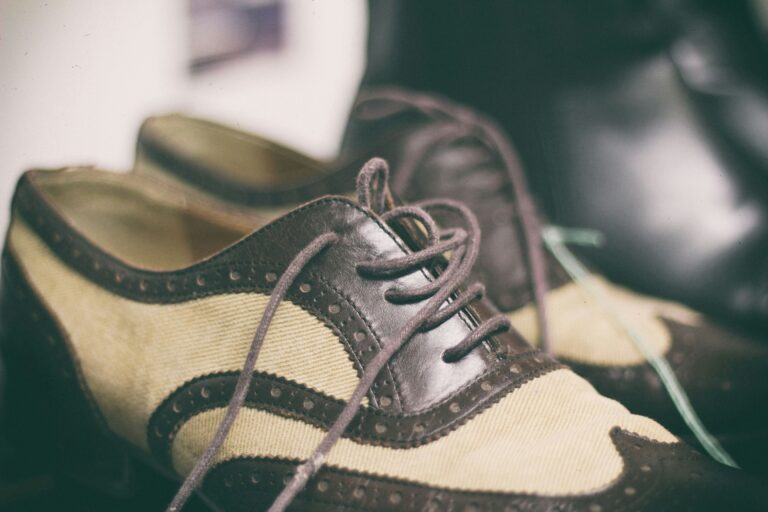
The 20th Century: The Velcro and Slip-ons
Big change started in the mid-20th century. Buckles and zippers tried making comebacks, but it was Velcro that really shook things up. Patented in the 1950s (Time Magazine, 2010), Velcro fastenings exploded onto the scene, mostly in children’s shoes (because, let’s be real, teaching a five-year-old to tie laces is a struggle). It was the ultimate no-fuss option, and while kids and older adults loved it, anyone caught sporting Velcro sneakers in the 80s was likely to face some serious playground side-eye. You might have been faster at getting your shoes on, but at what cost? The embarrassment was not worth it then.
Meanwhile, slip-on shoes like loafers also became popular for adults. These weren’t for casual use…Owners of these shoes said, “I’m too important for laces,” and if you worked in a corporate environment, they became a staple. You’d never see a CEO fiddling with laces in the elevator.
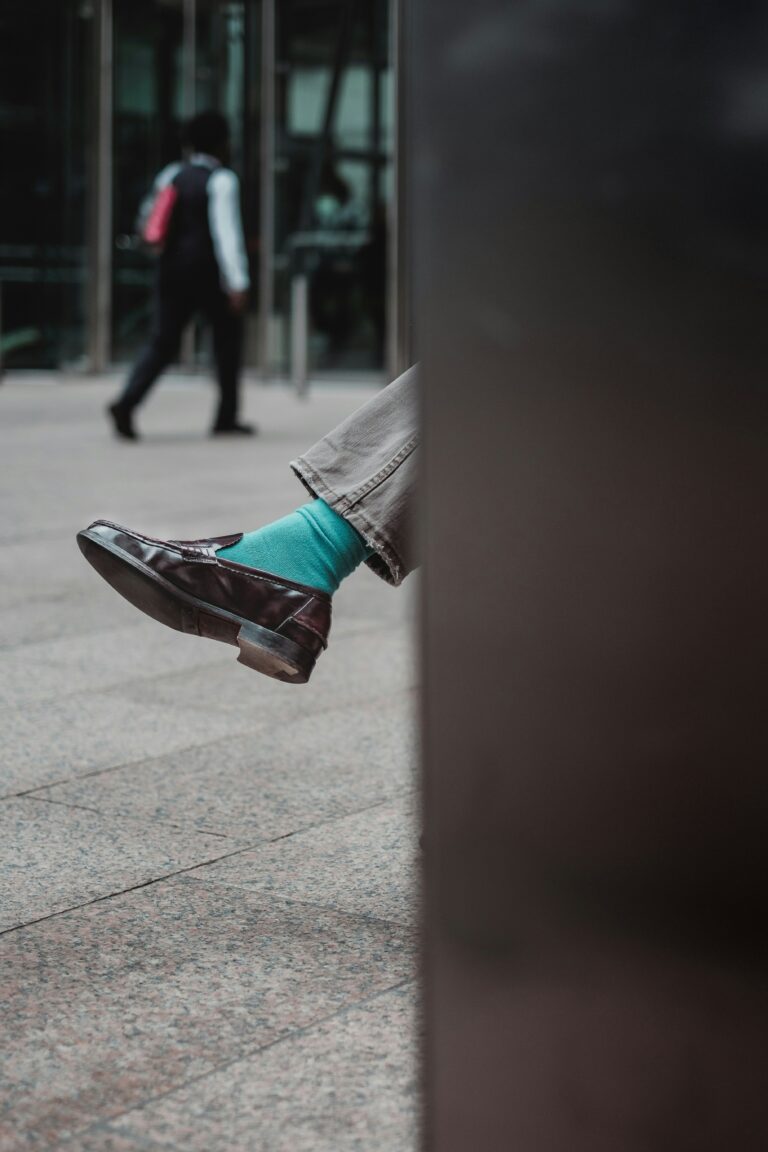
The Sneaker Boom: 1980s to 2000s
If there’s one era where shoelaces really ruled the streets, it was the sneaker revolution of the 80s and 90s. Sneakers became more than just functional footwear – they were a fashion statement. Brands like Nike, Adidas, and Reebok made shoelaces part of the sneaker’s identity. If you weren’t tying up your Converse or Air Jordans in the perfect way, you weren’t doing it right. In fact, whole subcultures emerged around lacing techniques. From loose laces in skate culture to tight, intricate patterns for athletes, laces were central to the look.
At the same time, laceless options were also starting to creep in, particularly for people who were looking for speed and ease. Elastic laces and other no-tie solutions found a niche among athletes who didn’t want to waste a second during races or triathlons. But for everyday folks? You were still expected to know how to tie your shoes like an adult.
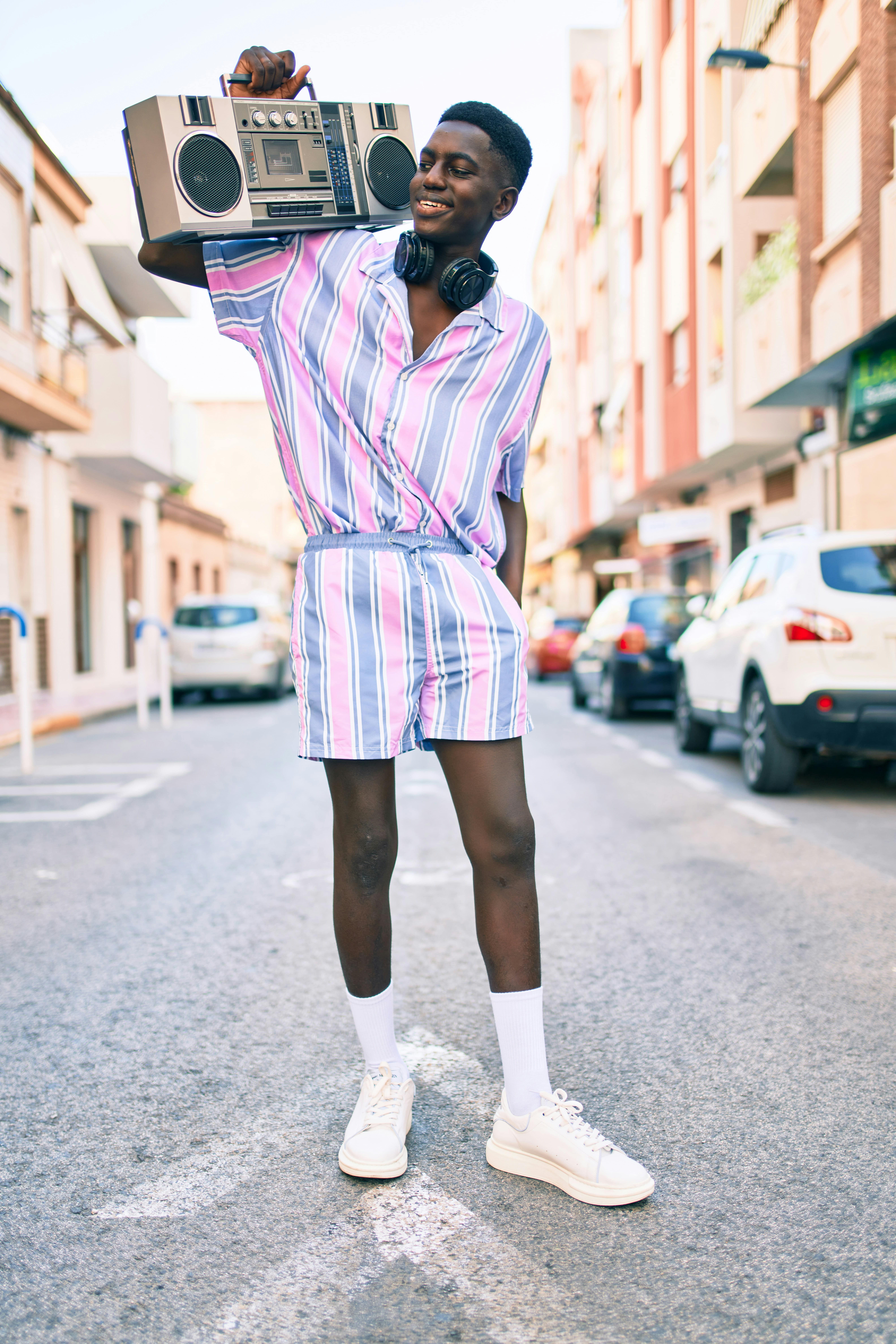
The Present Day: Laceless Takes Over (Kind of)
Fast forward to today, and things are starting to shift. We live in a world of convenience, and people are more interested in ease than ever before. Laceless shoes, especially slip-ons, are having a moment. Major brands like Nike have leaned into this with lines like FlyEase, offering shoes that don’t require any handwork. Slip-ons and shoes with elastic closures are now seen as sleek, minimalistic, and even high-tech. Suddenly, it’s cool to not have to tie your shoes.
That said, shoelaces are far from dead. Sneaker culture still thrives on customization, and shoelaces play a big role in that. For many sneakerheads, swapping out laces for different colors or lacing them up in creative ways is a key part of self-expression. In performance footwear, laces still offer the best fit, especially for sports that require stability, like running or basketball. So while slip-ons are trendy, they’re not replacing laces across the board.
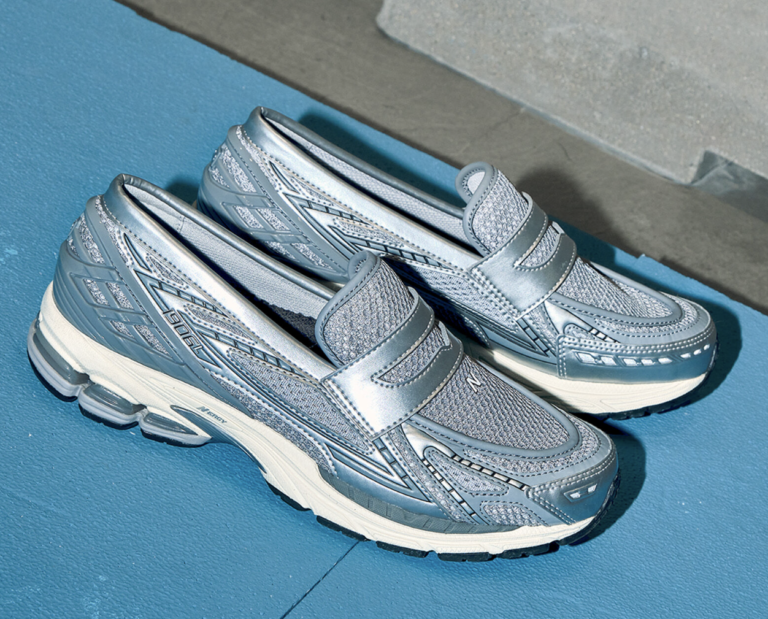
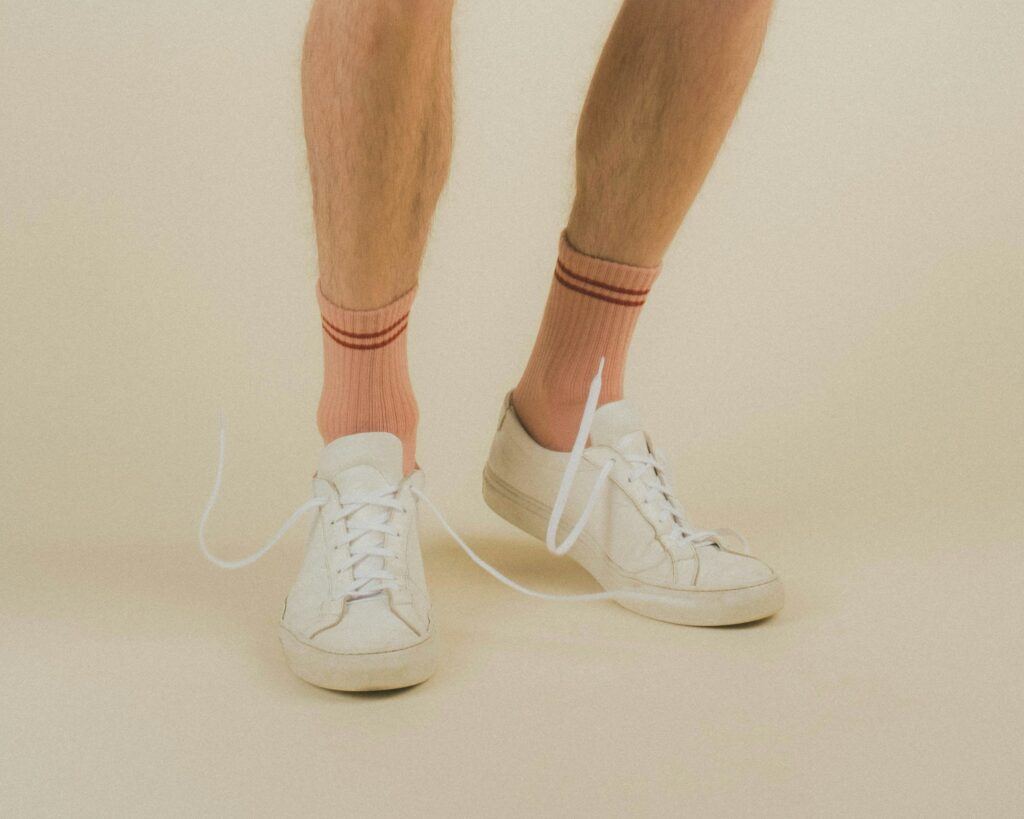
When Laces Were Most and Least Trendy?
Shoelaces had their absolute peak in the 80s and 90s, thanks to the sneaker revolution. From high-performance athletes to fashion-forward teens, everyone was rocking laces in some way. If you didn’t have shoelaces back then, you were missing out on a whole culture. But the least trendy time for laces? Probably the mid-20th century, when Velcro tried (and failed) to dethrone them in the mainstream, leaving no-lace shoes as more of a practical option than a stylish one.
Today, we’re in a balancing act. Both laces and no-laces are trendy, depending on what you’re looking for. Want a sleek, minimalist look? Go laceless. Looking to customize your fit or make a sneaker statement? Laces are still king.
The Future: To Lace or Not to Lace?
It’s clear that laces will never fully go out of style. They’ve cemented their place in sneaker culture and performance footwear. But the rise of slip-ons, elastic systems, and high-tech, hands-free designs can’t be ignored. We might be heading toward a future where you can slip on your favorite shoes without worrying about knots, but don’t expect shoelaces to disappear from your wardrobe anytime soon. After all, some trends are tied up in history (pun intended).
Author Jolana Prokešová
“One of the things I love about fashion is how it intertwines with other forms of art. Whether it’s blending elements from dance, architecture, or visual art into a fashion presentation, it all unites to create a spectacular experience.”- Jolana Prokešová is a dynamic fashion business student with a diverse background in photography, event management, and interior design. With her keen insights and fresh perspective as a member of Gen Z, she’s uniquely positioned to observe the future of fashion.
